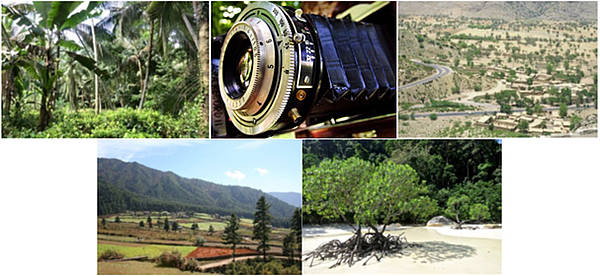A study of the legal framework for forest reserves in Ghana indicates that most of the reserves are owned by corporate customary stools or clans. Customary law provides no restriction on destruction or use of trees, and national legislation seeks only to prohibit the destruction or sale of commercial timber trees. An analysis of the procedures related to forest reserves showed that the laws governing them have stifled the local land-tenure systems and given local communities a disincentive to protect reserves. These procedures fail to properly take into account community rights and benefits for villages near the reserves and have alienated local communities. With few or no rights in the reserves, nearby farmers and communities have had no incentives to protect, manage, or invest in the resource. Outside the reserves, the lack of tree tenure and payments to
farmers, together with inadequate compensation by concessionaires for damage to farms, have created not only a disincentive to plant or protect timber trees but also a strong motivation to destroy them before concessionaires can harvest them. Thus many landowners and farmers would rather negotiate secretly with chain-saw operators to have the trees on their land illegally harvested than allow the legitimate concessionaires to harvest the trees and pay token compensation.
To tackle illegal logging, Ghana signed and ratified FLEGT/VPA Agreement in 2009 but a report by Chatham House in July 2010 mentioned that ‘Ghana did not appear to see any improvement in halting illegal logging over the last decade’. Illegal logging remains rampant in Ghana, estimated at two-thirds of its total production, most of which comes from artisanal logging. Illegal logging has not halted or even reduced because the local groups who in most instances initiate the logging are not involved in efforts to halt illegal logging. Another key problem is the lack of capacity on forest issues related to logging. Additionally, no efforts have been made to determine the motivational needs of local groups for monitoring and reporting of illegal logging. The causes of this are (1) lack of sensitization and training on logging issues such as forest policy, laws and agreements (2) lack of capacity in monitoring and reporting (3) lack of determination of motivational needs for monitoring and reporting which are the core issues that the project seeks to address
Responsible party
Forestry Research Institute of Ghana
Funding bodies
ACP/EU/FAO

